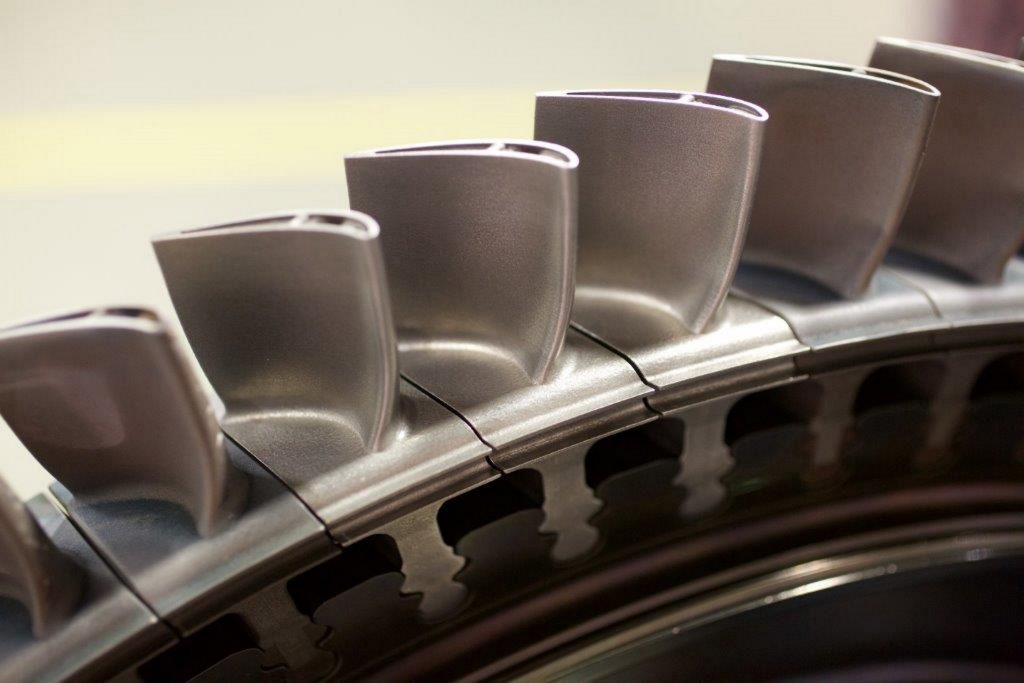Overcoming the challenges associated with 3D printing as a manufacturing technology is a complex task. Working with the technology requires a grasp of the machines, materials and software involved.
For this reason national initiatives such as the America Makes and ANSI roadmap are important. In 2013, we reported on the launch of a $15 million project – Singapore’s Industrial Additive Manufacturing initiative as part of the countries Agency for Science, Technology and Research (A*STAR).
Improving superalloys for additive manufacturing
Research at A*STAR focuses on Electron Beam Melting (EBM), Polyjet, Selective Laser Sintering (SLS), Selective Laser Melting (SLM), Stereolithography (SLA) and Laser Aided Additive Manufacturing (LAAM).
In this later area the scientists have published a paper addressing the microstructure and mechanical properties of superalloys for additive manufacturing.
The highlights of the research include,
- Addition of nano-TiB2 to Inconel 625 can lead a single long columnar grain with enforced grain boundary.
- Excellent mechanical properties of LAAM processed Inconel 625/TiB2 composite has been achieved.
- Addition of Nano-TiB2 particles leads to the increase of hardness and surface wear resistance.
Adding nanoparticles significantly improves material properties
Superalloys have been used successfully in additive manufacturing processes to create the turbine blades with conformal cooling channels at Siemens. Superalloys demonstrate a range of characteristics that make them suitable for use in challenging environments, including resistance to thermal creep, surface stability, superior mechanical strength and also a resistance to damage from corrosion.

The A*STAR researchers looked at superalloy Inconel 625 which is a nickel based material that includes chromium, molybdenum, iron and niobium-tantalum. To Inconel 625 titanium diboride nanoparticles were added via laser-aided additive manufacturing (LAAM).
Working with this material a structure measuring 120x70x10 millimeters was fabricated with a 3D printer working on a 6-axis robot arm.
Speaking about the project Guijun Bi explained, “We show that adding nanoparticles to the metal base material is an effective way to tailor the material with significantly improved physical, thermal, and mechanical properties, as well as excellent performance in terms of wear and corrosion resistance.”
The full paper, “Microstructure and mechanical properties of Inconel 625/nano-TiB2 composite fabricated by LAAM” research is available here.
To stay up-to-date with the current additive manufacturing news, sign up to the 3D Printing Industry newsletter here, or follow us on Twitter.



